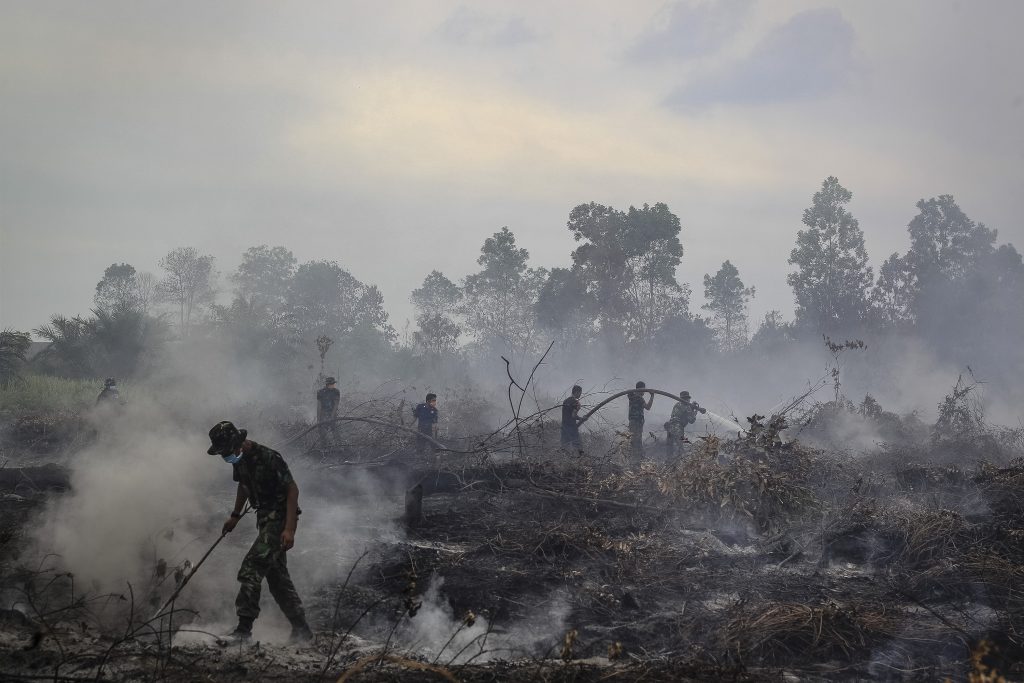Global agreement to ensure the survival of our planet
Text Shakila Rajendra
In the last two centuries, the advent of the burning of fossil fuels for human development has resulted in the Earth’s temperatures rising at an alarming rate. Scientists have predicted that if temperatures continue to rise at the current rates, we will face a world that is unfit for human life in as short a time span as the next 100 years.
Already, we have seen an increase in extreme weather conditions such as some of the most ferocious hurricanes. The melting of polar ice caps have also resulted in the sinking of small island states like the Maldives and Kiribati. If temperatures are to rise another 2–4°C, who knows what other extreme phenomena we will see.
Why are we getting hotter?
The planet at present is sustaining a total of seven billion human lives which means that energy consumption is at an all-time high. We currently rely heavily on fossil fuels such as coal, oil and gas that are extracted in huge, un-environmentally-friendly ways.
The burning of these fuels to create electricity and heating releases mass amounts of CO2 into the air, and these very emissions are the root cause of climate change. The huge amounts of greenhouse gases that are being released into the atmosphere are causing the Earth’s temperature to increase exponentially.
Realising this, there is now an urgent need to start looking for alternative ways in which we can cater to our energy demands but in a way that does not come at the cost of destroying our planet.

An agreement to change
This is why the global community have realised that in order for us to deal with the impending effects of climate change, the time to act is now. In December 2015, a landmark decision was made at the United Nations Framework Convention on Climate Change (UNFCCC)’s Conference of the Parties (COP21) and the Paris Agreement was signed. The agreement holds all countries accountable to ramp up their efforts to mitigate and adapt to the effects of climate change.
The Paris Agreement calls for almost all countries in the world to start putting forth their commitments to help reduce their carbon emissions. This means that countries will have to each submit their Nationally Determined Contributions (NDCs) which will outline their efforts and ambition to deal with environmental degradation.
For this to happen there is huge emphasis on the growing market for renewable energy. Renewable energy refers to energy that is generated by sources that are not only renewable, but also do not tap into draining the earth of its minerals and is produced in a way that does not release carbon into the air thus creating less pollution. This is not new technology to us and there are several types of renewable energy being used to generate electricity today, such as wind, solar, tidal, hydro, biomass and geothermal power.
Renewable energy into the mix
Despite having huge reserves of fossil fuels, it is now, more than ever, recognised that for the world to truly progress, each country will have to be committed to transitioning out of being so reliant. China and India for example are already leading the way in incorporating renewable energy into their main energy outputs and to supply for the ever-growing demand of their population.
Asia is set to be the biggest energy consuming region by 2050, but the good news is, it is projected that by 2030 nearly half of the installed power capacity in the Asia-Pacific region will be from renewable energy sources, according to a report from Bloomberg New Energy Finance. In Southeast Asia, there is a commitment agreed upon at the 2016 ASEAN Plan of Action for Energy Cooperation 2015–2016 to reach a target of 23% renewable energy by 2025.
The other good news is, renewable energy such as solar and wind technology are getting cheaper to produce and therefore becoming more affordable and economically-viable for developing countries. This could mean an opportunity of bringing electricity to poorer regions but in a cleaner, cheaper and more efficient way.
Perhaps this will herald a new beginning for the way we live. The global acknowledgement as well as commitment to alleviating the threats we face was the first step forward. The next is to use the solutions we have and to develop them into an efficient way in which we could manage the survival of our planet.
For more stories and photos, check out Asian Geographic Issue 117.